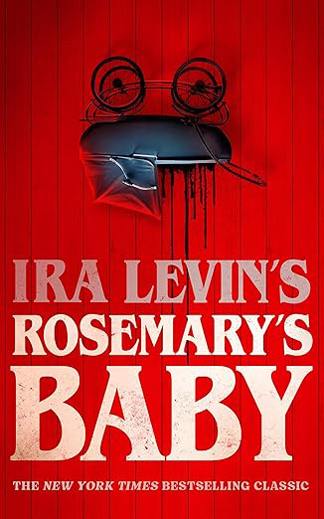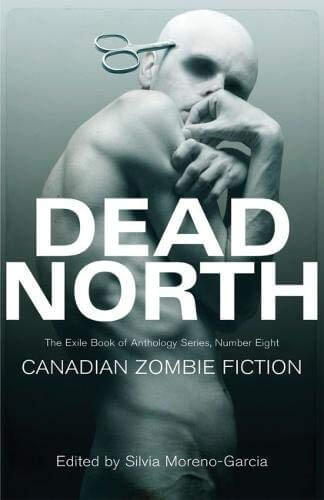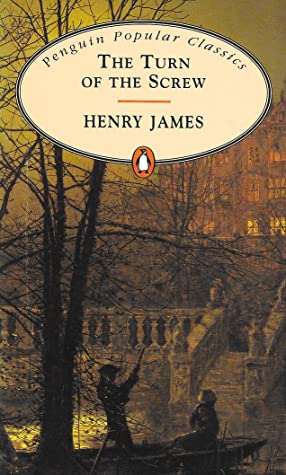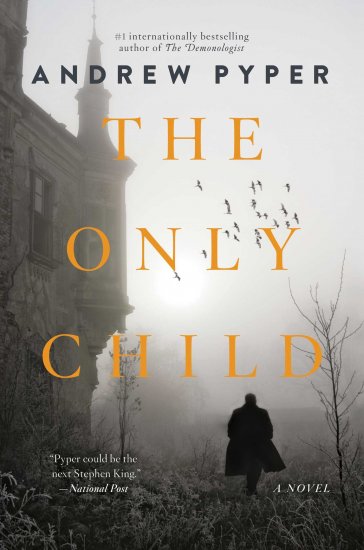Athabasca University English professors and the 2025-26 writer in residence share their favourite works of horror
The arrival of autumn brings cooler temperatures, falling leaves, pumpkin-flavoured beverages, and, most importantly, all things scary!
To celebrate Halloween, we asked Athabasca University English professors and the 2025-26 writer in residence to share some of their favourite frightening stories. These tales might spark some inspiration for your next great read—if you dare—or perhaps inspire you to enrol in one of their courses.
Rosemary’s Baby, by Ira Levin
 Rosemary’s Baby, by Ira Levin, is a favourite scary novel that I reread recently, says 2025-26 writer in residence Naomi K. Lewis.
Rosemary’s Baby, by Ira Levin, is a favourite scary novel that I reread recently, says 2025-26 writer in residence Naomi K. Lewis.
“Despite knowing exactly what was going to happen, I was riveted and couldn’t look away from the horror unfolding on the page,” she says.
Lewis explains that Levin’s genius in this story is that the point-of-view character, Rosemary, remains naïve and trusting long after the reader has caught on that something terrible—even if we’re not sure what—has been afflicted on her body and her soul. She continues to trust the people around her, and remains a step behind as we realize, one by one, which of these characters are actually scheming against her.
We keep rooting for Rosemary, just as we can’t see how she could possibly get out of this horrific mess, and even as we slowly realize just how grotesque and evil that mess really is.
I also admire how Levin creates characters who seem at first merely annoying and quite comically so, but turn out to be, at the same time, truly rotten to the core.
Naomi K. Lewis, 2025-26 writer in residence
On the Wings of This Prayer, by Richard Van Camp

In fall 2018, Dr. Mark A. McCutcheon, a professor of literary studies and author of The Medium Is the Monster, and a colleague at SUNY Empire State College co-taught a seminar on zombies and vampires in literature.
One of their assigned readings, On the Wings of This Prayer by former AU Writer-in-Residence Richard Van Camp, remains far and away the single scariest story McCutcheon says he's ever read.
"And as a Frankenstein scholar, I've read a lot of scary stories," he says.
In fact, it's so scary McCutcheon has only read it the one time while preparing for that course. Explaining why it's so scary would require giving away too many spoilers, he adds, but one of the key reasons comes down to imagery.
"The imagery with which Van Camp describes the story's monstrosities is uniquely vivid—more than surreal, more than grotesque," he says. "It lets you glimpse and smell and taste a worse-than-nightmare scenario like you've woken up in a Hieronymus Bosch painting and don't know how to escape."
The story also implicates the reader in the plot, a technique McCutcheon says he's partial to because it's so effective. He also credits Van Camp for implicating several real institutions and businesses—notably oil producers—for the horror in the story that unfolds.
"Van Camp's story is a singularly harrowing work of genius, expressed with an improbable combination of allusive brevity and epic scope. If you read it, you too may not find your way back out of it. You've been warned."
On the Wings of This Prayer appears in Dead North: Canadian Zombie Fiction, a 2014 anthology of short fiction edited by Silvia Moreno-Garcia and published by Exile Editions.
Van Camp's story is a singularly harrowing work of genius … If you read it, you too may not find your way back out of it. You've been warned.
Dr. Mark A. McCutcheon, professor of literary studies
The Turn of the Screw, by Henry James

Dr. Jolene Armstrong, an associate professor of English, says one of her favourite spooky stories is The Turn of the Screw, a late-19th century novel by Henry James.
Armstrong calls it a "deceptively simple story" and that when you try to describe the plot, you realize not much actually happens over the course of the novel. There are a few key moments in which James takes the reader to the brink of horror, only to pitch the reader into frustrated suspense.
"Most of the horror comes from what is not said, what is not seen, but imagined, and the horror of not fully understanding something," says Armstrong.
The lonely setting and the suggestion of the appearance of ghosts sets the novel's gothic tone, she adds, but in the end the reader is left with more questions than answers-"and an unshakeable feeling of unease."
Perhaps that's why Virginia Woolf once said of the novel that the "power of the story … was in forcing readers to realize the dark places fiction could take their minds."
"James is a master at playing upon our fears through ambiguity and unresolved suspense," Armstrong says. "It is a psychological thriller, which recalls a time when dallying in occult activities was not only a somewhat serious topic of scientific inquiry, but also a fashionable pastime."
James is a master at playing upon our fears through ambiguity and unresolved suspense.
Dr. Jolene Armstrong, associate professor of English
The Only Child, by Andrew Pyper

When it comes to chilling tales, Dr. Angie Abdou, an associate professor of creative writing, recommends The Only Child by her favourite horror writer, Canadian novelist Andrew Pyper.
The Only Child is a Frankenstein adaptation that Abdou says simplifies the classic as a cautionary tale about pushing the boundaries of human knowledge, about the scientist playing God, or about misuse of technology.
"The Only Child extends beyond those themes to explore the nature of evil, what it means to be a monster, and the way a balance between darkness and light resides in each of us," she says. "It's the perfect Halloween read!"